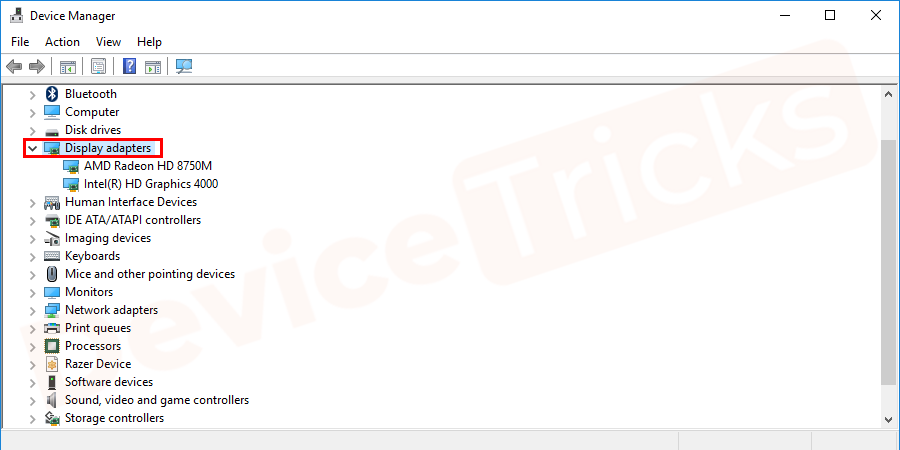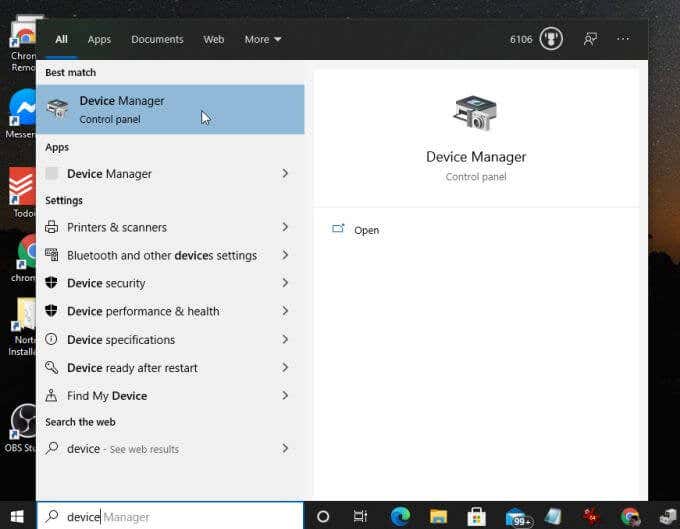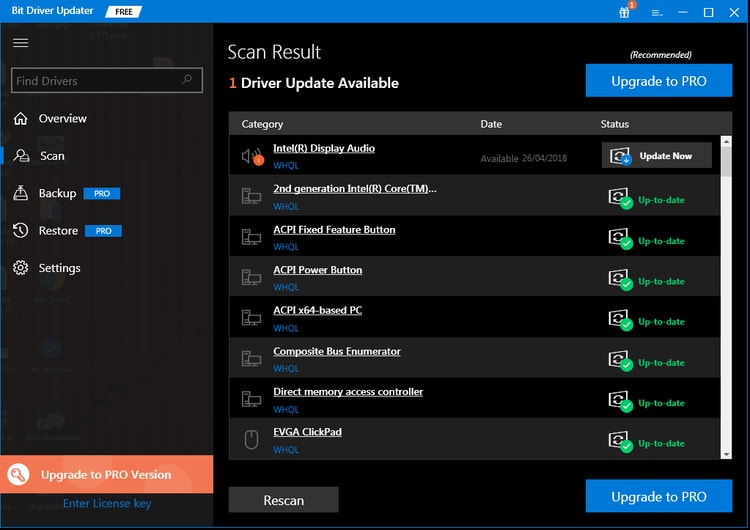

- #THREAD STUCK IN DEVICE DRIVER BSOD WHEN RUNNING VIDEOS HOW TO#
- #THREAD STUCK IN DEVICE DRIVER BSOD WHEN RUNNING VIDEOS PDF#
- #THREAD STUCK IN DEVICE DRIVER BSOD WHEN RUNNING VIDEOS SOFTWARE#
- #THREAD STUCK IN DEVICE DRIVER BSOD WHEN RUNNING VIDEOS CODE#
(These values typically aren’t necessary information, but you may want to take note of them.) If a file was directly associated with the problem that caused the BSOD, it will also be listed here.
#THREAD STUCK IN DEVICE DRIVER BSOD WHEN RUNNING VIDEOS CODE#
The code is usually accompanied by four error-dependent values enclosed in parentheses. If you need to use Safe Mode to remove or disable components, restart your computer, press F8 to select Advanced Startup Options, and then select Safe Mode.Īfter the general troubleshooting information, you’ll find the Technical Information section, which contains the eight-digit hexadecimal number error code. Disable BIOS memory options such as caching or shadowing. If problems continue, disable or remove any newly installed hardware or software.
#THREAD STUCK IN DEVICE DRIVER BSOD WHEN RUNNING VIDEOS SOFTWARE#
If this is a new installation, ask your hardware or software manufacturer for any Windows updates you might need.

If this screen appears again, follow these steps:Ĭheck to make sure any new hardware or software is properly installed. (Keep in mind that this same information appears in just about every BSOD.) If this is the first time you've seen this error screen, restart your computer. In some cases, following these steps will lead you to a solution.

Immediately following the error description, you’ll find some general troubleshooting steps. In the following BSOD excerpt, the text KMODE_EXCEPTION_NOT_HANDLED is the error description: A problem has been detected and Windows has been shut down to prevent damage to your computer.PAGE_FAULT_IN_NONPAGED_AREA Figure A This Stop error indicates that requested data was not in memory.Īt the top of the Windows XP BSOD, you’ll find the error description, which will be in all uppercase letters with multiple words tied together with underscore characters. Let’s suppose that you encounter the BSOD shown in Figure A. The trick is in finding the relevant information on the BSOD.

You just need to be able to identify the key parts of the message so you’ll have a direction and focus for your troubleshooting expedition. It may not be immediately apparent when you see a BSOD (mostly due to the shock factor that hits you when a BSOD occurs), but you can use the description and code to identify the type of error that is occurring. Each Stop error is accompanied by a specific error description and an eight-digit hexadecimal number error code. Dissecting a BSODĪlthough Stop errors can be caused by both hardware and software malfunctions, the most typical cause is a hardware malfunction.
#THREAD STUCK IN DEVICE DRIVER BSOD WHEN RUNNING VIDEOS PDF#
This blog post is also available in PDF format as a TechRepublic download. To view screen shots of these BSOD error messages, along with an explanation of each one, check out this photo gallery. I’ll also provide a link to an article in Microsoft’s Knowledge Base that describes the troubleshooting steps and possible solutions in detail. I’ll then take a look at some of the more common Windows XP BSOD errors.
#THREAD STUCK IN DEVICE DRIVER BSOD WHEN RUNNING VIDEOS HOW TO#
I’m going to show you how to analyze BSODs and extract the relevant troubleshooting information. This screen is affectionately referred to as the Blue Screen of Death, or BSOD for short. When a Stop error occurs, the GUI is replaced by a DOS-like blue screen with a cryptic error message followed by a code number. Microsoft calls these types of crashes “Stop errors” because the operating system stops responding. However, others are more serious and can bring the entire system to its knees. Some of these crashes are mild and can easily be overcome simply by closing a nonresponding application or by rebooting the system. Microsoft Windows XP systems are notorious for crashing for any number of reasons and in a number of ways. Windows expert Greg Shultz explains how to interpret the key information in common Windows XP BSOD error messages. Extract troubleshooting info from Windows XP BSOD error messages


 0 kommentar(er)
0 kommentar(er)
